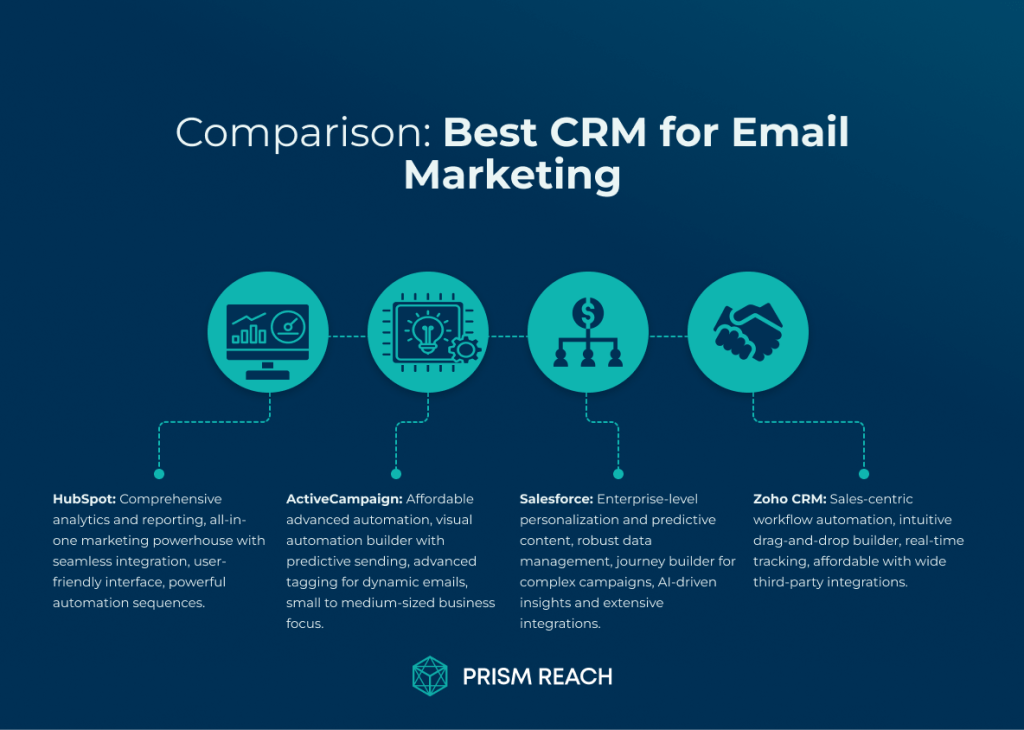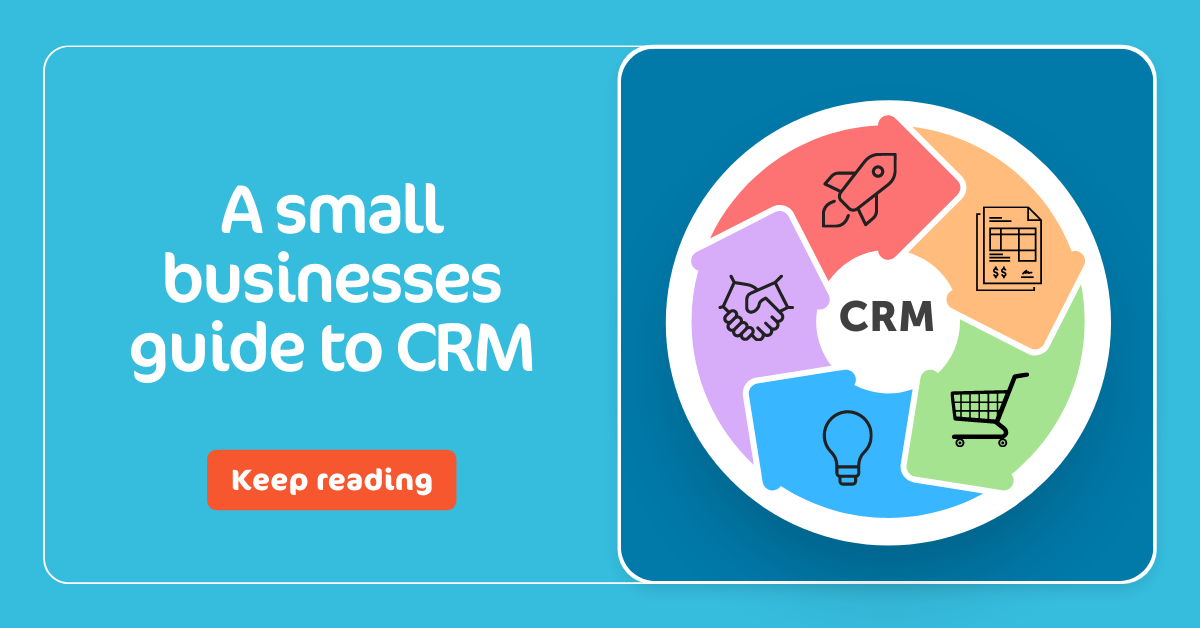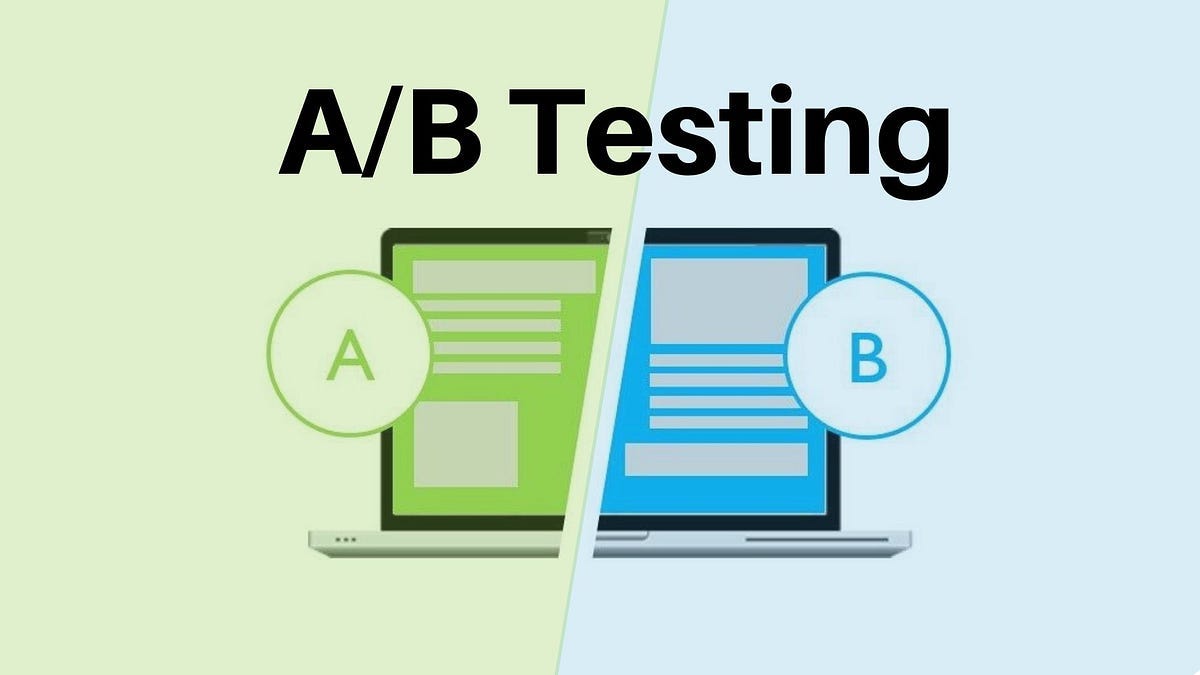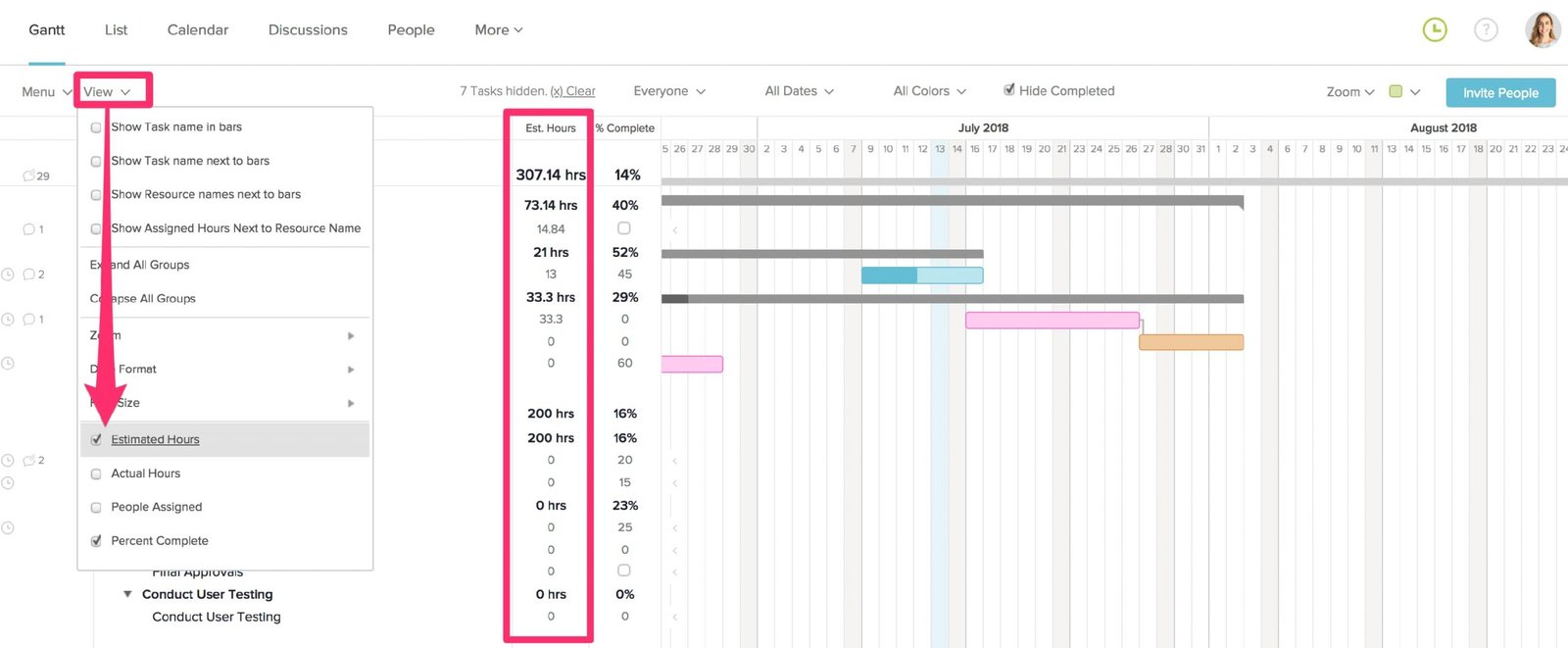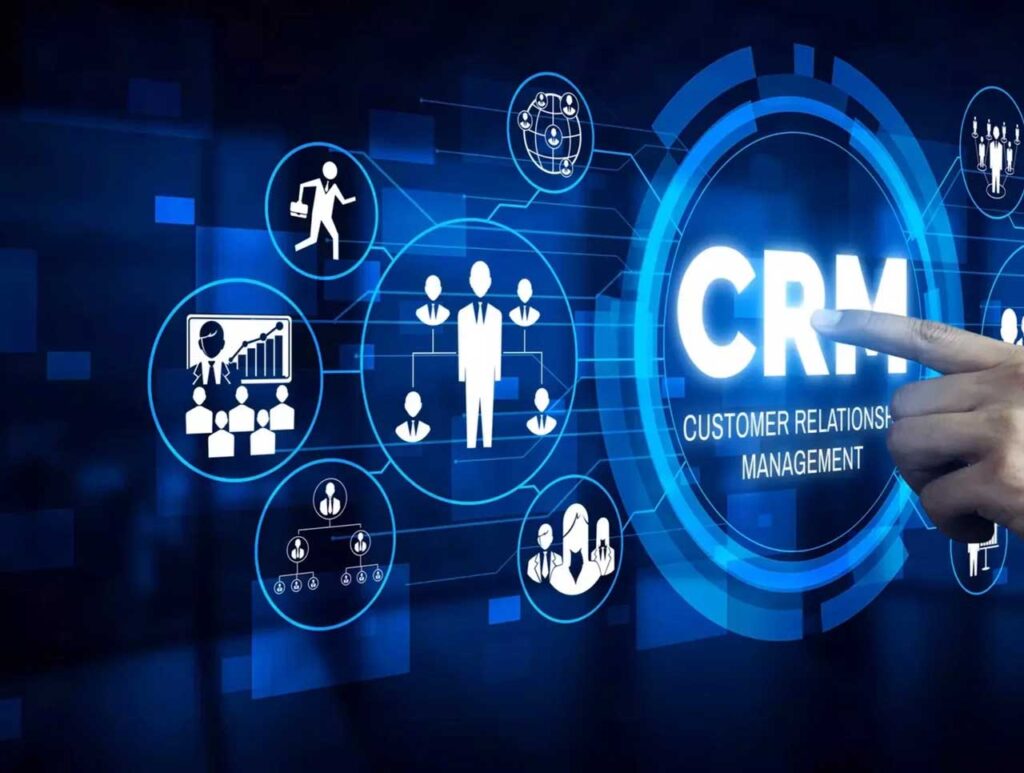
Unlocking Growth: The Power of CRM in Modern Marketing
In today’s hyper-competitive business landscape, simply having a great product or service isn’t enough. You need a deep understanding of your customers, their needs, and how to connect with them on a personal level. This is where Customer Relationship Management (CRM) marketing comes into play. CRM marketing is more than just a buzzword; it’s a strategic approach that leverages technology and data to build lasting relationships with your customers, leading to increased sales, improved customer loyalty, and ultimately, sustainable business growth.
This comprehensive guide dives deep into the best practices of CRM marketing, providing you with the knowledge and tools you need to transform your marketing efforts. We’ll explore everything from the foundational principles of CRM to advanced strategies that will help you stay ahead of the curve. Get ready to learn how to:
- Build a customer-centric mindset.
- Choose the right CRM platform for your business.
- Collect and leverage customer data effectively.
- Segment your audience for targeted campaigns.
- Personalize your marketing messages.
- Automate key marketing processes.
- Measure and optimize your CRM marketing efforts.
By implementing these best practices, you can create a marketing engine that is not only efficient but also highly effective in driving revenue and fostering customer loyalty. Let’s get started!
Understanding the Core Principles of CRM Marketing
Before diving into the specifics, it’s crucial to understand the underlying principles of CRM marketing. These principles serve as the foundation for all your CRM marketing activities and will guide your decision-making process.
1. Customer-Centricity: The Heart of CRM
At the core of CRM marketing is a customer-centric approach. This means putting your customers at the center of everything you do. It’s about understanding their needs, preferences, and behaviors, and tailoring your marketing efforts to provide them with the best possible experience. This involves:
- Knowing Your Customers: Gathering comprehensive customer data, including demographics, purchase history, browsing behavior, and communication preferences.
- Personalization: Tailoring your marketing messages, offers, and content to individual customer needs and preferences.
- Building Relationships: Fostering a long-term relationship with your customers based on trust, value, and mutual benefit.
By prioritizing the customer, you build loyalty and advocacy, turning them into repeat buyers and brand ambassadors.
2. Data-Driven Decision Making
CRM marketing is heavily reliant on data. You need to collect, analyze, and interpret customer data to make informed decisions. This includes:
- Data Collection: Gathering data from various sources, such as your website, social media, email interactions, and customer surveys.
- Data Analysis: Using analytics tools to identify trends, patterns, and insights in your customer data.
- Actionable Insights: Transforming data into actionable insights that inform your marketing strategies and tactics.
Data-driven decision-making allows you to optimize your marketing efforts, improve ROI, and make smarter investments.
3. Automation and Efficiency
CRM systems enable you to automate many of your marketing tasks, freeing up your time and resources to focus on more strategic initiatives. This includes:
- Email Marketing Automation: Sending automated email sequences based on customer behavior and preferences.
- Lead Nurturing: Guiding potential customers through the sales funnel with targeted content and offers.
- Workflow Automation: Automating repetitive tasks, such as data entry and follow-up activities.
Automation streamlines your marketing processes, improves efficiency, and reduces the risk of human error.
4. Integration and Collaboration
A successful CRM marketing strategy requires seamless integration between your CRM system and other marketing tools, such as your email marketing platform, social media channels, and website analytics. This allows you to:
- Centralize Customer Data: Creating a single source of truth for all customer information.
- Improve Communication: Facilitating seamless communication between different departments, such as sales, marketing, and customer service.
- Enhance Customer Experience: Providing a consistent and personalized experience across all touchpoints.
Collaboration ensures that everyone in your organization has access to the same customer information and can work together to achieve common goals.
Choosing the Right CRM Platform: A Critical Decision
Selecting the right CRM platform is one of the most important decisions you’ll make for your CRM marketing efforts. The platform you choose will be the foundation for all your customer relationship management activities, so it’s crucial to choose one that meets your specific needs and business goals. Here’s a guide to help you make the best choice:
1. Assess Your Needs and Objectives
Before you start evaluating CRM platforms, take the time to clearly define your needs and objectives. Consider the following questions:
- What are your business goals? (e.g., increase sales, improve customer loyalty, streamline marketing processes)
- What are your current marketing challenges? (e.g., lack of customer data, inefficient lead management, poor customer communication)
- What features do you need? (e.g., contact management, lead scoring, email marketing integration, sales automation)
- What is your budget?
- How many users will need access to the CRM?
- Do you need mobile access?
Answering these questions will help you create a list of essential features and requirements.
2. Research Different CRM Platforms
Once you know your needs, start researching different CRM platforms. There are many options available, each with its own strengths and weaknesses. Some popular CRM platforms include:
- Salesforce: A comprehensive CRM platform with a wide range of features and integrations.
- HubSpot CRM: A user-friendly CRM platform with a focus on marketing and sales automation.
- Zoho CRM: A versatile CRM platform with a range of features and affordable pricing.
- Microsoft Dynamics 365: A powerful CRM platform with a strong focus on business intelligence and analytics.
- Pipedrive: A sales-focused CRM platform designed for small businesses.
Read reviews, compare features, and consider the pricing of each platform. Look at the integrations offered by each platform to see if they work with your existing tools.
3. Consider Scalability and Integrations
Choose a CRM platform that can grow with your business. As your business expands, you’ll need a CRM that can handle increasing amounts of data and user traffic. Also, make sure the CRM integrates with your other marketing and sales tools, such as your email marketing platform, social media channels, and website analytics. Integrations streamline your workflow and improve data accuracy.
4. Evaluate User Friendliness and Support
The CRM platform should be easy to use and navigate. A user-friendly interface will make it easier for your team to adopt and use the CRM effectively. Check the vendor’s customer support options, such as documentation, tutorials, and customer service. Good support will be invaluable when you encounter issues or need help.
5. Implement a Pilot Program
Before fully implementing a CRM platform, consider running a pilot program with a small group of users. This allows you to test the platform, identify any issues, and gather feedback from your team. Use the feedback to make adjustments before you roll out the CRM to the entire organization.
Building Your Customer Database: The Foundation of CRM Success
A robust and accurate customer database is essential for successful CRM marketing. Your database is the central repository for all your customer data, and it’s the foundation for all your marketing activities. Here’s how to build and maintain a high-quality customer database:
1. Data Collection Strategies
There are several ways to collect customer data. The best approach will depend on your business and your target audience. Here are some common strategies:
- Website Forms: Use forms on your website to collect information from visitors. Ask for essential information, such as name, email address, and job title.
- Landing Pages: Create dedicated landing pages for specific offers or lead magnets. Use these pages to capture customer information in exchange for valuable content.
- Customer Surveys: Conduct surveys to gather feedback and learn more about your customers’ needs and preferences.
- Social Media: Use social media to engage with your audience and collect data through polls, contests, and quizzes.
- Email Marketing: Use email sign-up forms on your website and in your email marketing campaigns.
- Sales Interactions: Train your sales team to collect customer information during sales calls and meetings.
2. Data Fields and Segmentation
Determine the data fields you need to collect. The fields should align with your business goals and your ability to personalize your marketing efforts. Some common data fields include:
- Contact Information: Name, email address, phone number, address.
- Demographics: Age, gender, location, job title, company size.
- Purchase History: Products purchased, order dates, order values.
- Website Activity: Pages visited, content downloaded, products viewed.
- Communication Preferences: Email opt-in, communication frequency.
- Lead Source: How the customer found your business.
Use these fields to segment your audience based on relevant characteristics. Segmentation allows you to create targeted marketing campaigns that resonate with specific customer groups.
3. Data Hygiene and Maintenance
Keep your customer database clean and accurate. Regularly review and update your data to ensure it’s up-to-date. Implement the following data hygiene practices:
- Data Validation: Use data validation tools to ensure that the data entered into your database is accurate.
- Data Deduplication: Remove duplicate records from your database.
- Data Enrichment: Supplement your data with additional information from third-party sources.
- Regular Review: Review your data regularly to identify and correct any errors.
A clean and accurate database improves the effectiveness of your marketing campaigns and reduces the risk of sending irrelevant or outdated information to your customers.
4. Data Privacy and Compliance
Protect your customers’ privacy and comply with data privacy regulations, such as GDPR and CCPA. This includes:
- Obtaining Consent: Obtain explicit consent from your customers before collecting and using their data.
- Providing Transparency: Clearly communicate how you collect, use, and protect customer data.
- Offering Control: Give your customers control over their data, including the ability to access, modify, and delete their information.
- Implementing Security Measures: Implement security measures to protect customer data from unauthorized access or disclosure.
Compliance with data privacy regulations builds trust with your customers and protects your business from legal risks.
Segmenting Your Audience: Delivering the Right Message to the Right People
Audience segmentation is the process of dividing your customer base into smaller groups based on shared characteristics. This allows you to create targeted marketing campaigns that are more relevant and effective. Here’s how to segment your audience for optimal results:
1. Identify Key Segmentation Criteria
Choose the criteria you’ll use to segment your audience. The criteria should be relevant to your business and your marketing goals. Common segmentation criteria include:
- Demographics: Age, gender, location, income, education.
- Psychographics: Interests, values, lifestyle, personality.
- Behavior: Purchase history, website activity, engagement with your content.
- Firmographics (for B2B): Company size, industry, revenue, job title.
- Customer Lifecycle Stage: Lead, prospect, customer, loyal customer, churned customer.
Consider using a combination of criteria to create more refined segments.
2. Create Customer Personas
Develop customer personas to represent your different customer segments. A customer persona is a fictional representation of your ideal customer, including their demographics, psychographics, behaviors, and goals. Personas help you understand your customers better and tailor your marketing messages to their needs and preferences. Give each persona a name and a detailed profile.
3. Segment Your Database
Use your CRM system to segment your customer database based on the criteria you’ve selected. Use the data fields you’ve collected to create segments. For example, you could create a segment of customers who have purchased a specific product in the past, or a segment of customers who have visited a specific page on your website.
4. Tailor Your Marketing Messages
Once you’ve segmented your audience, tailor your marketing messages to resonate with each segment. Use the insights from your customer personas to create content, offers, and calls to action that are relevant to each group. Consider the following:
- Language: Use language that is appropriate for each segment.
- Tone: Adjust the tone of your messages to match the segment’s preferences.
- Offers: Create offers that are relevant to each segment’s needs and interests.
- Channels: Use the communication channels that each segment prefers.
By tailoring your messages, you’ll increase engagement, improve conversion rates, and build stronger customer relationships.
5. Test and Iterate
Test different marketing messages and offers to see what resonates best with each segment. Use A/B testing to compare different versions of your campaigns and track your results. Based on your findings, refine your segmentation and tailor your messages to improve your performance.
Personalizing Your Marketing: Creating Relevant Experiences
Personalization is the practice of tailoring your marketing messages and experiences to individual customer needs and preferences. It goes beyond simply using a customer’s name in an email. It’s about delivering the right message, at the right time, through the right channel, to the right customer.
1. Data-Driven Personalization
Use the data you’ve collected about your customers to personalize your marketing efforts. This includes:
- Dynamic Content: Displaying different content on your website based on a customer’s past behavior, preferences, or demographics.
- Personalized Email Campaigns: Sending targeted email campaigns based on customer segments, purchase history, and website activity.
- Product Recommendations: Recommending products based on a customer’s past purchases, browsing history, or interests.
- Personalized Offers: Creating special offers and discounts that are relevant to individual customer needs.
Data-driven personalization enhances the customer experience and improves conversion rates.
2. Behavioral Targeting
Target your marketing messages based on customer behavior. This includes:
- Website Retargeting: Showing ads to customers who have visited your website but haven’t made a purchase.
- Abandoned Cart Emails: Sending emails to customers who have added items to their cart but haven’t completed their purchase.
- Triggered Emails: Sending automated emails based on customer actions, such as opening an email, clicking a link, or making a purchase.
Behavioral targeting captures customer attention at the right moment and encourages them to take action.
3. Content Personalization
Personalize the content you create to resonate with your target audience. This includes:
- Blog Posts: Write blog posts that address the specific needs and interests of your different customer segments.
- Videos: Create videos that are relevant to your target audience.
- Social Media: Share content on social media that is tailored to the interests of your followers.
Content personalization increases engagement and establishes your brand as a valuable resource.
4. Channel Personalization
Personalize your marketing efforts across different channels. This includes:
- Email: Send personalized emails with relevant content, offers, and calls to action.
- SMS: Send personalized text messages with timely updates and promotions.
- Social Media: Engage with your followers on social media and respond to their comments and messages.
- Website: Personalize your website content and design to create a more relevant experience.
Channel personalization provides a seamless and consistent customer experience.
5. Testing and Optimization
Test different personalization strategies to see what works best. Use A/B testing to compare different versions of your personalized campaigns and track your results. Analyze your data to identify areas for improvement and refine your personalization efforts.
Marketing Automation: Streamlining Your Processes
Marketing automation involves using software to automate repetitive marketing tasks. This frees up your time and resources to focus on more strategic initiatives. It improves efficiency, reduces the risk of human error, and allows you to deliver more personalized experiences.
1. Email Marketing Automation
Automate your email marketing campaigns to nurture leads, engage customers, and drive sales. This includes:
- Welcome Emails: Send automated welcome emails to new subscribers.
- Lead Nurturing Sequences: Guide potential customers through the sales funnel with targeted email sequences.
- Abandoned Cart Emails: Send automated emails to customers who have abandoned their shopping carts.
- Re-engagement Campaigns: Send automated emails to customers who haven’t interacted with your brand in a while.
- Birthday Emails: Send automated birthday emails with special offers or discounts.
Email marketing automation improves engagement and drives conversions.
2. Lead Scoring and Qualification
Use lead scoring to identify and prioritize your most promising leads. Lead scoring is the process of assigning points to leads based on their behavior and demographics. This helps you determine which leads are most likely to convert into customers.
- Define Lead Scoring Criteria: Determine the criteria you’ll use to score leads, such as website visits, content downloads, email opens, and demographics.
- Assign Points: Assign points to each criterion based on its importance.
- Automate Lead Scoring: Use your CRM system to automatically score leads based on their behavior and demographics.
- Qualify Leads: Use lead scores to determine which leads are ready for sales follow-up.
Lead scoring and qualification improve sales efficiency and increase conversion rates.
3. Workflow Automation
Automate repetitive tasks, such as data entry, follow-up activities, and task assignments. This includes:
- Automated Data Entry: Automatically import data from different sources into your CRM system.
- Automated Task Assignments: Automatically assign tasks to the appropriate team members based on lead scores or customer behavior.
- Automated Follow-Up: Send automated follow-up emails or tasks to customers or leads.
Workflow automation improves efficiency and reduces the risk of human error.
4. Social Media Automation
Automate your social media activities to save time and improve engagement. This includes:
- Social Media Scheduling: Schedule your social media posts in advance.
- Automated Responses: Set up automated responses to frequently asked questions.
- Social Listening: Monitor social media for mentions of your brand or industry keywords.
Social media automation improves brand awareness and engagement.
5. Measuring and Optimizing Your Automation Efforts
Track the performance of your marketing automation campaigns and make adjustments as needed. Use analytics tools to measure key metrics, such as email open rates, click-through rates, and conversion rates. Identify areas for improvement and optimize your automation efforts to achieve better results.
Measuring and Optimizing CRM Marketing: Data-Driven Success
Measuring and optimizing your CRM marketing efforts is crucial for understanding what’s working and what’s not. By tracking key metrics and analyzing your data, you can identify areas for improvement and refine your strategies to achieve better results. Here’s how to measure and optimize your CRM marketing:
1. Define Key Performance Indicators (KPIs)
Identify the KPIs that are most important to your business goals. These KPIs will help you track your progress and measure the success of your CRM marketing efforts. Some common KPIs include:
- Customer Acquisition Cost (CAC): The cost of acquiring a new customer.
- Customer Lifetime Value (CLTV): The predicted revenue a customer will generate over their relationship with your business.
- Conversion Rates: The percentage of leads who convert into customers.
- Customer Retention Rate: The percentage of customers who remain customers over a specific period.
- Churn Rate: The percentage of customers who stop doing business with you.
- Website Traffic: The number of visitors to your website.
- Email Open Rate: The percentage of emails that are opened.
- Click-Through Rate (CTR): The percentage of people who click on a link in your email.
- Return on Investment (ROI): The profitability of your CRM marketing efforts.
Choose KPIs that align with your specific business goals and track them regularly.
2. Track Your Metrics
Use your CRM system and other analytics tools to track your KPIs. Regularly monitor your data to identify trends and patterns. This includes:
- CRM Analytics: Use your CRM system’s built-in analytics features to track customer data, sales performance, and marketing campaign results.
- Web Analytics: Use web analytics tools, such as Google Analytics, to track website traffic, user behavior, and conversion rates.
- Email Marketing Analytics: Use your email marketing platform to track email open rates, click-through rates, and conversion rates.
- Social Media Analytics: Use social media analytics tools to track engagement, reach, and conversions.
Accurate tracking is essential for measuring the effectiveness of your CRM marketing efforts.
3. Analyze Your Data
Analyze your data to identify areas for improvement. Look for patterns, trends, and insights that can inform your marketing strategies. Ask yourself the following questions:
- What are your best-performing campaigns?
- What are your most profitable customer segments?
- What channels are driving the most conversions?
- What are the pain points in your customer journey?
Data analysis helps you understand what’s working and what’s not, and it informs your decision-making process.
4. Test and Iterate
Test different marketing messages, offers, and strategies to see what works best. Use A/B testing to compare different versions of your campaigns and track your results. Based on your findings, refine your strategies and optimize your efforts to improve your performance. Continuously iterate and improve your CRM marketing efforts based on data and feedback.
5. Regularly Review and Adjust
Regularly review your CRM marketing strategy and make adjustments as needed. The business landscape is constantly changing, so it’s essential to stay flexible and adapt to new trends and technologies. Regularly review your KPIs, analyze your data, and make adjustments to your strategies to achieve better results.
By implementing these best practices, you can create a CRM marketing engine that drives sustainable business growth. Remember that CRM marketing is an ongoing process. It requires continuous effort, analysis, and optimization to achieve the best results. Embrace a customer-centric mindset, leverage the power of data, and focus on building long-term relationships with your customers. The rewards of a well-executed CRM marketing strategy – increased sales, improved customer loyalty, and sustainable business growth – are well worth the effort.

